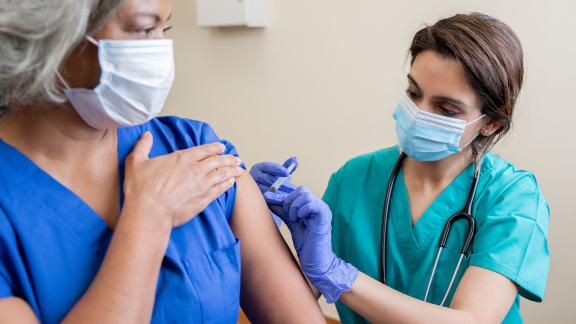Factors influencing COVID-19 vaccine uptake among minority groups

On 18 January, SAGE published research and analysis summarising the barriers to vaccine uptake among minority ethnic groups, proposing interventions and recommendations to help combat them. This briefing from the PCN Network provides an overview of the key points.
Overview
- There is a significant risk that vaccine uptake among minority ethnic groups will be low.
- The groups with the highest vaccine hesitancy are Black ethnic groups, followed by Pakistani/Bangladeshi and Any Other White (including Eastern European) groups.
- Factors driving vaccine hesitancy and barriers vary with each community, requiring tailored interventions.
- Initial and ongoing community engagement is key to informing these interventions – for staff, for healthcare messages and for vaccine distribution strategies
Approach
- Encourage uptake in healthcare workers - this builds trust, advocates for the vaccine and achieves coverage in minority groups.
- Engage community leaders and community champions throughout to understand community-specific hesitancy and barriers.
- Train healthcare staff, community champions and leaders on their role as a trusted source of healthcare information. Work with community leaders and champions to develop interventions to (expanded in guidance):
- Increase trust - visible representation, co-developing community plans and hosting community forums that address historical issues in healthcare research and explain the MNRNA process.
- Educate about the risk of COVID-19 and need for vaccination – videos and leaflets in multiple languages with characters the community can identify with, which communicate that getting the vaccine reduces risk.
- Promote access and convenience – vaccine centres in community-based settings, practical support to reduce financial losses, transportation, help booking appointments, and leaflets and reminders.
- Develop culturally-tailored communications – co-design health messages and distribute through community and family networks using HCWs, community
champions, community leaders and faith leaders. - De-politicise the vaccine through a community-led approach.
- Engage local authorities for place knowledge – locations, previous successes etc.
- Monitor by ethnic group to inform next stages.
- Evaluate to refine strategies, and scale them up/down and improve accordingly.



